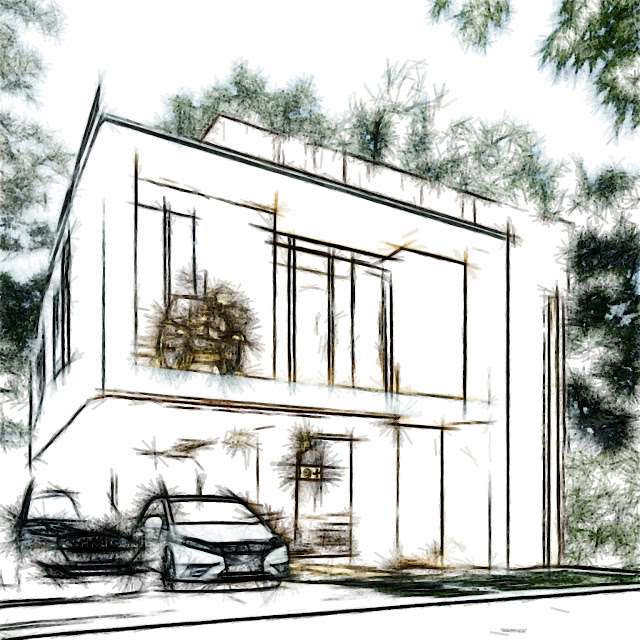Foundations are the bedrock of architectural stability, anchoring structures firmly to the ground while ensuring their longevity and safety. From towering skyscrapers to quaint residential homes, the choice of foundation type is paramount in determining the structural integrity and performance of buildings. In this article, we will delve into the various types of foundations used in buildings, their characteristics, and their suitability for different architectural projects.
1. Shallow Foundations:
Shallow foundations, also known as spread footings or raft foundations, are commonly used in buildings with light to moderate loads and stable soil conditions. They are characterized by their shallow depth relative to the building's height, typically extending only a few feet below the ground surface. Shallow foundations distribute the building's load over a wide area of soil, preventing excessive settlement and ensuring stability.
• Strip Footings: Strip footings are continuous concrete pads that run along the length of load-bearing walls, distributing the building's load evenly to the underlying soil. They are suitable for buildings with uniform, consistent loads and are commonly used in residential and commercial construction.
• Isolated Footings: Isolated footings, also known as individual footings, are standalone concrete pads that support individual columns or posts. They are used in buildings with non-uniform or eccentric loads, providing targeted support to specific structural elements such as columns, piers, or pillars.
• Raft Foundations: Raft foundations, also known as mat foundations, are large reinforced concrete slabs that extend over the entire footprint of a building. They distribute the building's load uniformly to the underlying soil, reducing differential settlement and minimizing structural stress. Raft foundations are suitable for buildings with heavy loads or poor soil conditions.
2. Deep Foundations:
Deep foundations are used in buildings with heavy loads, poor soil conditions, or high water tables, where shallow foundations may not provide adequate support. Deep foundations extend deep below the ground surface to transfer the building's load to more stable soil or rock strata.
• Piles: Piles are long, slender structural elements driven or drilled into the ground to support the building's load through skin friction and end-bearing resistance. Piles can be made of various materials such as steel, concrete, or timber, and are installed individually or in groups to provide the necessary support.
• Caissons: Caissons, also known as drilled piers or drilled shafts, are large-diameter cylindrical shafts excavated into the ground and filled with concrete or reinforced with steel. Caissons are used in buildings with heavy loads or in areas with challenging soil conditions, providing reliable support and stability.
• Pile Caps: Pile caps are reinforced concrete slabs that transfer the load from individual piles to the superstructure. They are used in combination with piles to distribute the building's load evenly and prevent differential settlement.
3. Combined Footings:
Combined footings are used in buildings with adjacent columns or walls that are close together, making it impractical to use individual footings. Combined footings are designed to support multiple columns or walls within a single footing, providing efficient use of space and material.
4. Slab-on-Grade:
Slab-on-grade foundations, also known as slab foundations, are common in residential construction, particularly in areas with stable soil conditions. A slab-on-grade foundation is a single, continuous concrete slab poured directly on the ground surface, providing support for the entire building. Slab-on-grade foundations are cost-effective and efficient, but may not be suitable for buildings with heavy loads or expansive soil conditions.
Conclusion:
In conclusion, the choice of foundation type is a critical decision in the design and construction of buildings, influencing their structural integrity, stability, and longevity. Shallow foundations such as strip footings, isolated footings, and raft foundations are suitable for buildings with light to moderate loads and stable soil conditions, while deep foundations such as piles and caissons are used in buildings with heavy loads or poor soil conditions. Combined footings and slab-on-grade foundations offer efficient solutions for specific architectural requirements. By understanding the characteristics and suitability of different foundation types, architects and engineers can ensure the structural stability and safety of buildings, laying the foundation for successful architectural projects.




















